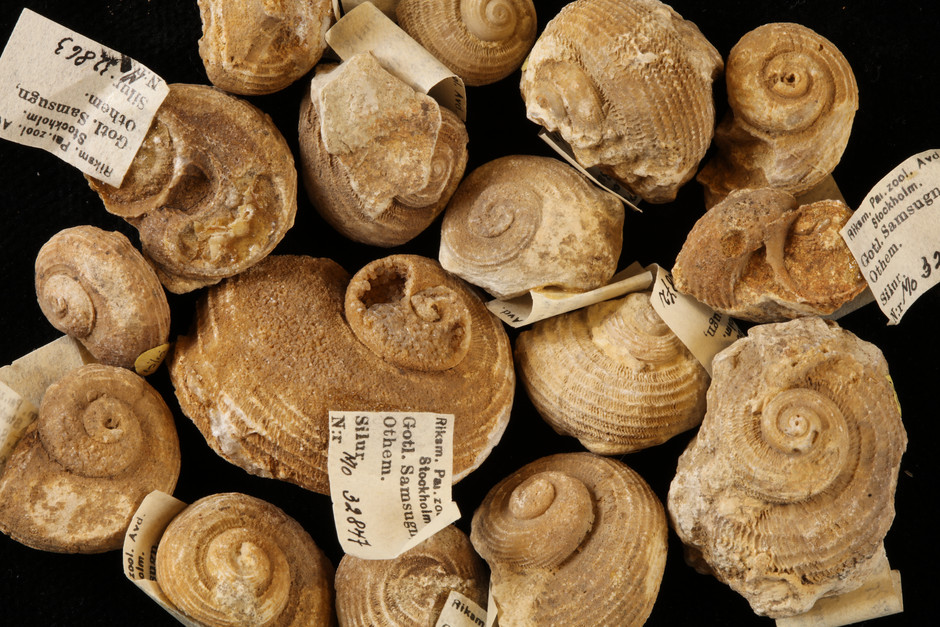An ancient coral reef
Gotland is entirely made up of fossil-bearing layers from the Silurian period, and fossils can be found basically all over the island!
Gotland is unique, in that nearly the entire Silurian period (445-420 million years ago) is represented, from the oldest layers in the northwest to the youngest in the southeast. Because fossils are found in such abundant quantities on Gotland, the collection at the museum has a long history with material having been collected since the latter part of the 19th century. Over the years, specimens have been collected, both for research purposes and by interested private collectors.
This has resulted in a unique, world-renowned collection of exceptionally well-preserved fossils that are of interest to both Swedish and foreign researchers.
Significant parts of the collection are registered in the database and the work is ongoing. The collection includes a very large proportion of rugose and tabulate corals, but there are also sponges, conularids, molluscs, gastropods, bivalves, cephalopods, brachiopods, arthropods (trilobites, ostracods), sea lilies (crinoids), bryozoans and a range of smaller invertebrates groups.

